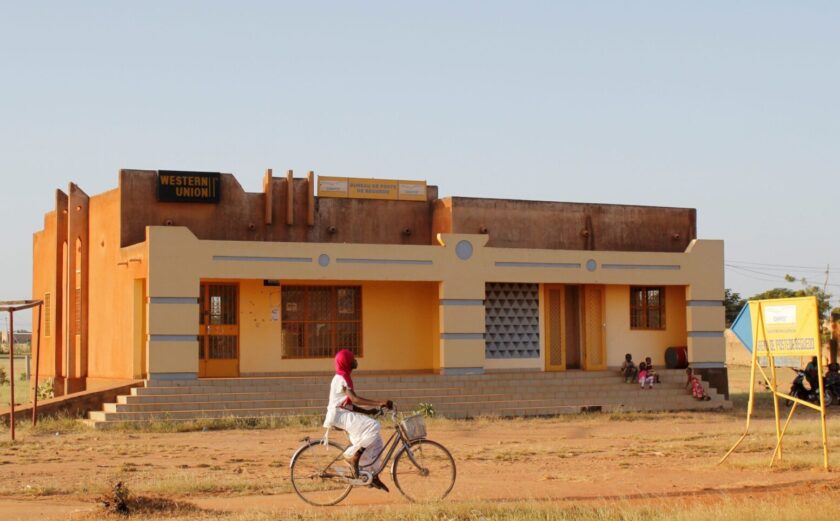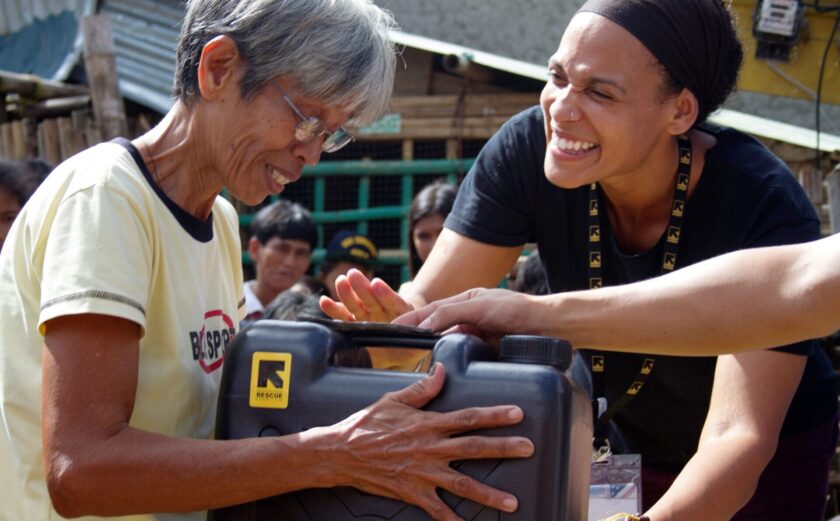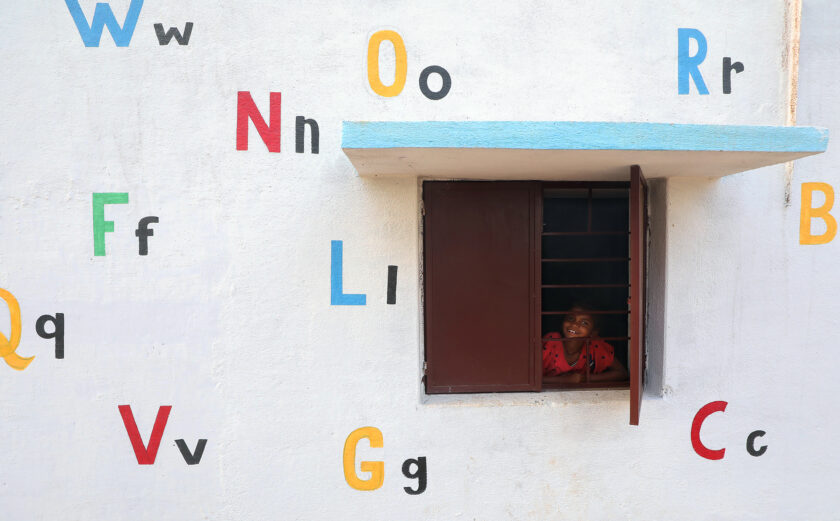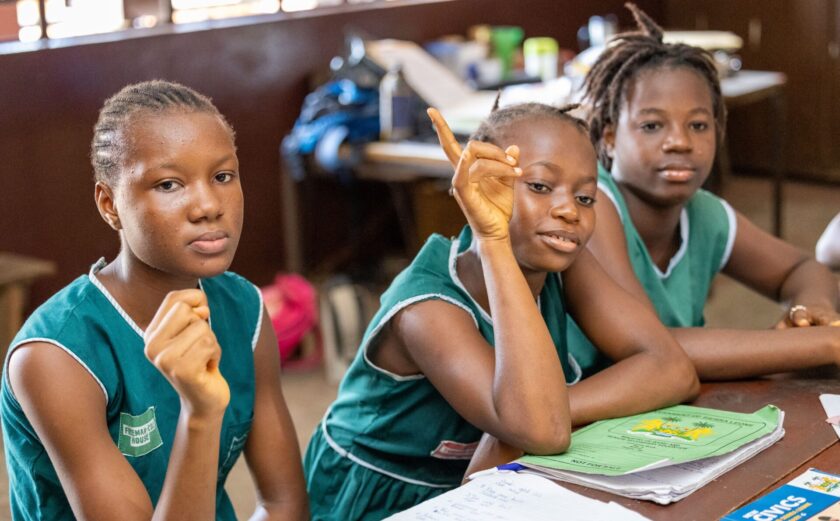
Designing the New NGO Aid Map
InterAction is working to re-design the NGO Aid Map tool, re-orienting this critical resource to the challenges of the NGO sector today.
Previously we’ve published two blogs on this topic, covering earlier phases in our design process: The first (from April 2020) frames the challenge and how we planned to approach it during our discovery phase, and the second (from November 2020) describes the key results of our user research and engagement with InterAction Members and aid data experts. This third post on the new NGO Aid Map describes the results of our design process, including a new vision for NGO Aid Map, and shares some early wireframes from our development process.
Key Findings
During the design research phase InterAction’s design team worked through three key principles of the human-centered design process: identifying and building empathy with key users; defining the right problem; and thinking through systems holistically. Our research uncovered four key user types and use cases:
- For InterAction policy staff: the ability to add advanced data, visualization, and mapping capability—beyond what the current InterAction web page is capable of—to strengthen our advocacy efforts.
- For policymakers and their staff: the ability to better understanding the context, challenges, and needs as they relate to foreign aid and InterAction’s policy advocacy
- For InterAction Members’ communications staff: the ability to amplify the impact of the life-saving work that InterAction Member organizations are already doing around the globe.
- For development and humanitarian professionals: the ability to share and illustrate in detail the work of InterAction and our Members with the sector broadly.
Key Functionality
The new NGO Aid Map will still be a map, but not necessarily a map of active projects. The precipitous drop over the last three years in InterAction Members’ uploading to NGO Aid Map was one factor in this decision. The fact that other systems already compile deep rosters of active humanitarian and development projects around the globe, e.g., USAID Foreign Aid Explorer, IATI Registry, and U.N. OCHA’s Financial Tracking System led us away from attempting to duplicate those efforts or to unify them.
This led us to the decision to re-design NGO Aid Map around two core functions:
- To map InterAction’s impact as an alliance as well as the impact of our Members through their work in humanitarian action and international development.
- To support InterAction’s advocacy work, bringing advanced data and mapping capability to in support of our advocacy work.
The site will be powered by three core content types:
- Member Updates: short, timely updates from InterAction Members about their work around the globe, mapped and filterable by country, sector, issue, and Member.
- Country Profiles: high-level country-specific data and advocacy priorities.
- Featured Stories: periodic, data- and map-driven narratives on key global issues authored by InterAction staff.
From Findings to Functionality
InterAction is working with Taoti, a D.C.-based software development firm, to bring the vision of the new NGO Aid Map to life. In December, we began work and have already conducted multiple rounds of internal user testing on the early wireframes that Taoti’s team has produced. Below we share an early wireframe (pre-graphic design) of the new NGO Aid Map home page and map.
What is a wireframe?
A wireframe is a simple, skeletal drawing representative of the information and functionality available on a webpage. It is often compared to an architectural blueprint vs. a fully designed mock-up. Wireframes are a useful tool for improving user experience (U.X.) before web design begins. They provide a visual framework to explain complex concepts, but because they are just drawings, they provide the design team the opportunity to pivot and make changes based on user feedback at a much lower cost than with a fully coded website.
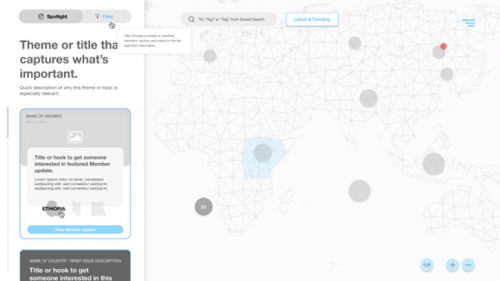
Next Steps
Many rounds of iteration and design have yet to take place, but InterAction is excited about the possibility and opportunity that the new NGO Aid Map represents for us, for our Member NGOs, and for the foreign aid sector broadly. InterAction will continue to work with our staff and staff from InterAction Member NGOs to build out this new platform in anticipation of a launch in the Fall of 2021.
Keep an eye on this blog space for more information, or reach out to Adam Fivenson, Director of Data, Development Technology & Innovation, for more details.
